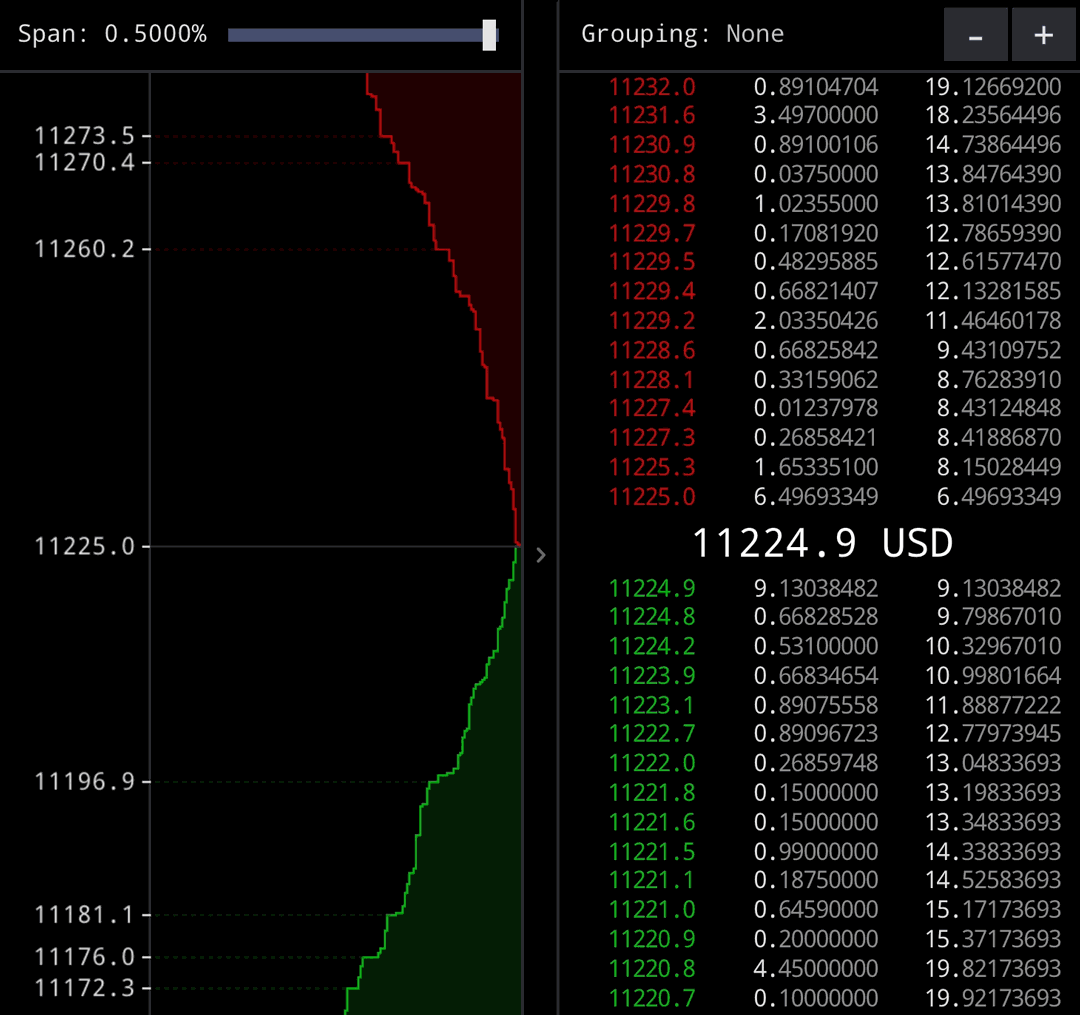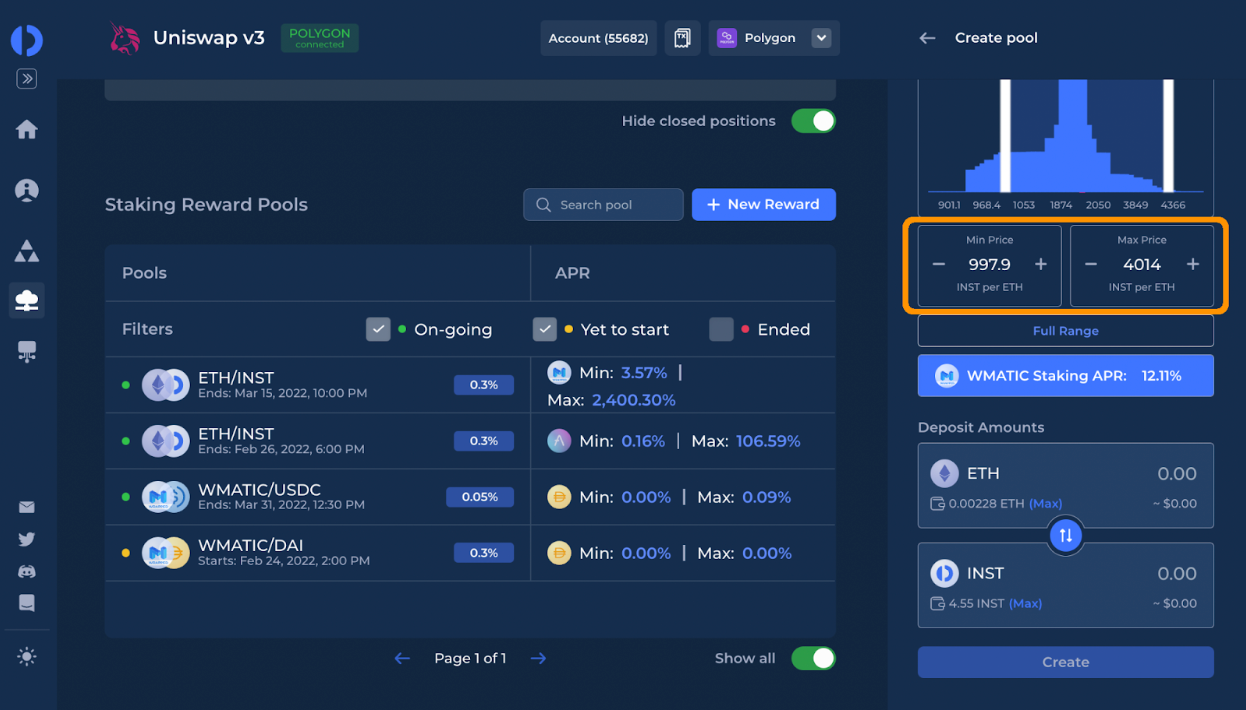Industry
Oct 27, 2022Key Differences Between Centralized and Decentralized Exchanges
Buying crypto as a novice investor or trader can be an intimidating experience at first. After all, not every exchange is created equal. While some lack usable interfaces, others offer a wide range of trading features on their platforms. Some crypto exchanges are governed by centralized authorities, while some rely on smart contracts to connect users and liquidity providers.
In order for newcomers to make more educated decisions about which exchange is best suited for their needs and risk tolerance, we will examine the two types of exchanges in the Web3 world; centralized and decentralized exchanges.
What is a Centralized Exchange (CEX)?
A majority of centralized exchanges are modeled after traditional financial institutions such as the New York Stock Exchange and the Nasdaq. Centralized crypto exchanges are created and run by a company that oversees all the transactions, sets the rules and fees, and has full control over the users assets. Coinbase, Binance, FTX, and Kraken are examples of popular CEXes that are heavily regulated, and offer more liquidity than their decentralized counterparts. In cryptocurrency marketplaces, liquidity refers to how easily a platform can exchange one coin for another (or to a government issued fiat currency). In financial markets (i.e. foreign exchange, bonds, stocks), there needs to be some sort of system for supplying liquidity so that a transaction can occur.
One way CEXes achieve liquidity is through an order book. Crypto buyers and sellers can place orders, and specify the price and quantity of the crypto asset they'd like to exchange. Similar to stock exchanges, the CEX would then match the buy and sell orders to establish a price for the crypto asset. Order books are essentially lists of open buy and sell orders, which contain volumes and prices. The exchange matches up buyers and sellers to determine market prices based on the recent selling price of an asset.

Example of an orderbook.
Main Features of a CEX
- Central Governance
Centralized exchanges are fully governed by a centralized, for-profit entity that exists on an independent server, and runs on its own internal infrastructure. Since centralized exchanges are responsible for their customers' holdings, they are often targets for hackers and theft. Because CEXes are owned by private entities, they have an added layer of security, but are also prone to bankruptcy if they can’t keep up with liquidity (i.e too many withdrawals at once).
- Heavy Regulations
Since many states and countries heavily restrict and regulate the buying and selling of cryptocurrencies, CEXes must abide by strict state and national laws. For example, some states in the U.S have more lax crypto laws compared to others. CEXes follow a KYC (know your customer) rule, similar to traditional trading and banking platforms. This process helps CEXes protect themselves against fraud and money laundering.
- Custodial
The notorious phrase "Not your keys, not your coins", derives from the custodial nature of centralized exchanges. Many CEXes have built-in wallets on their platforms that hold their users' assets, so newer users don't have to risk losing their funds in an independent wallet, such as MetaMask. With custodial wallets, the exchange has control over your private keys. The exchange has the power to freeze your assets since funds are stored on their platform. Users also have the option to trade and send their funds to another wallet if they please. Many beginner crypto users prefer custodial wallets because they are more convenient and don't require the responsibility of remembering your seed phrase.
- Variety of Trading Options
Unlike decentralized exchanges, CEXes offer an array of trading features for seasoned traders. CEXes provide a sophisticated suite of services that enable users to leverage, borrow, participate in spot trading, futures trading, and options. This feature attracts a lot of experienced traders into using centralized exchanges.
- User Experience
Due to their strong similarities to traditional brokerage platforms, beginner investors can find a familiar and friendly trading experience on centralized exchanges. Users on CEXes can easily log into their accounts, view their account balances, and execute trades through web and mobile applications.
What is a Decentralized Exchange (DEX)?
Decentralized exchanges are peer-to-peer exchanges that enable users to complete transactions directly from their digital wallets, rather than going through a centralized intermediary. Some examples of DEXes are Uniswap, PancakeSwap, dYdX, and SushiSwap. DEXes are powered by blockchain-based smart contracts, which are self-executing bits of code. Compared to a centralized crypto exchange, these smart contracts provide better privacy for users. Since DEXes are peer-to-peer and don't require order books, users can 'swap' funds directly with each other, which significantly lowers transaction fees. Although smart contracts are based on a set of regulations, the lack of a middleman leaves the user on their own, making DEXes appropriate for more experienced investors. Because there is lower liquidity offered in the DEX ecosystem, users are mostly limited to lending, borrowing and exchanging cryptocurrencies on the blockchain network. DEXes are still in their infancy and it is likely that as they mature they will offer more trading features.
The use of smart contracts also enables users to stake their crypto, which allows them to earn rewards for holding their assets on the exchange. Liquidity pools are a type of smart contract where tokens are locked in for the purpose of providing liquidity. There are also automated market makers (AMM), which is a protocol on DEXes that relies on a mathematical formula to determine the price of crypto assets. So instead of using an order book like centralized exchanges, assets are determined by a pricing algorithm. When you contribute liquidity to a liquidity pool and the value of your deposited assets changes from when you first deposited them, you suffer the risk of an impermanent loss. The loss in this scenario has a lower value at the moment of withdrawal than it had at the time of deposit.

User Interface of Uniswap v3.
Main Features of a DEX
- Anonymity and Privacy
The core idea behind cryptocurrencies is a peer-to-peer exchange without the need for a third party present. DEXes enable users to exchange assets on their platform without undergoing KYC or AML (anti-money laundering) procedures. Users are not obliged to provide personal information or reveal sensitive data to complete transactions. While this offers complete anonymity and privacy, users are in complete control over their assets, keys, wallet, and any slippage fees. In simple terms, slippage occurs when a trader buys or sells their assets for more or less than they expected, due to market volatility.
- Non-Custodial
In contrast to their centralized counterparts, decentralized exchanges don't require traders to entrust their funds and keys to an exchange in order to complete a transaction. Users are in complete control of their assets throughout the transaction process with the help of smart contracts. While this enables full custody to DEX users, they are also at risk of sending their funds to the wrong wallet or getting involved in a scam, which leads to severe loss of assets.
- Security
While CEXes are vulnerable to cyber attacks due to their centralized infrastructure, DEXes also offer an added layer of security to their platforms. DEXes are nearly impossible to penetrate due to their decentralized nature. By utilizing a blockchain network, a hacker would have to hack each and every user on the platform in order to gain control over a DEX. However, since DEXes are operated through open-sourced smart contracts, there is a possibility that anyone can browse the code and spot weaknesses, which could lead to manipulating the system.
- High Barrier to Entry
Users who are new to DeFi concepts and blockchain technology can struggle with using a peer-to-peer swap exchange. DEXes are often very difficult to navigate for first time users, and offer very little guidance on how to operate their platforms. Transactions can take long periods of time to process and validate on the blockchain due to network congestion. Finally the user-interface is still in its early stages, and needs to be more transparent for users who need to finalize their transaction details and fees.
Final Word
Both centralized and decentralized exchanges offer their own pros and cons. Depending on what type of investor you are and your level of risk tolerance, both exchanges offer their own merits. CEXes definitely hold an advantage for being more user-friendly and inviting to new crypto investors, while DEXes offer a level of privacy and anonymity. Although there is currently a crypto winter, there is always an opportunity to build new platforms that solve the problems of existing ones. Chain, a blockchain infrastructure solution, offers a wide range of software services that aid in maintaining blockchain nodes and ledgers. If you're interested in building a non-custodial wallet, or even a crypto exchange of your own, Chain Cloud and Chain Sequence have bridged the gap between traditional financial services and blockchain technology. To learn more about building a Web3 platform of your own, visit https://chain.com.
DISCLAIMER: NOT FINANCIAL OR INVESTMENT ADVICE
The information provided in this article does not constitute investment advice, financial advice, trading advice, or any other sort of advice and you should not treat any of the website’s content as such. Do conduct your own due diligence and consult your financial advisor before making any investment decisions.
About Chain
Chain is a blockchain infrastructure solution company that has been on a mission to enable a smarter and more connected economy since 2014. Chain offers builders in the Web3 industry services that help streamline the process of developing, and maintaining their blockchain infrastructures. Chain implements a SaaS model for its products that addresses the complexities of overall blockchain management. Chain offers a variety of products such as Ledger, Cloud, and NFTs as a service. Companies who choose to utilize Chain’s services will be able to free up resources for developers and cut costs so that clients can focus on their own products and customer experience. Learn more: https://chain.com.
Connect with Chain for the latest updates.
Twitter: twitter.com/Chain
Telegram: t.me/Chain & https://t.me/ChainAnnouncements
Medium: blog.chain.com
Instagram: instagram.com/Chain
Chain News & Updates
Latest News & Updates
Sign up for the Chain Newsletter - a weekly roundup of new platform features and the latest from the industry.
